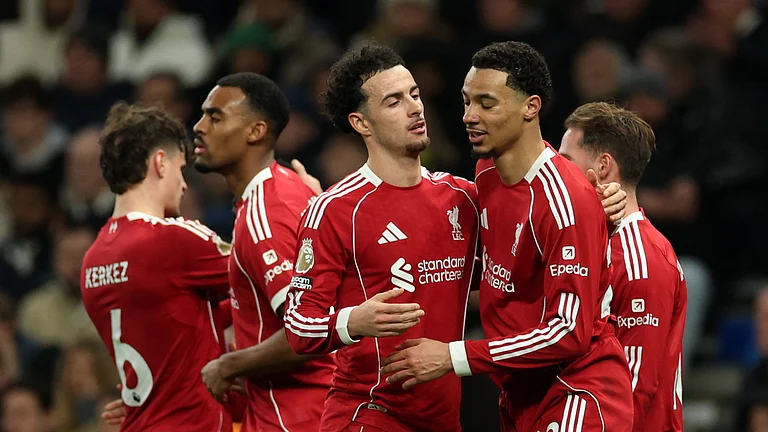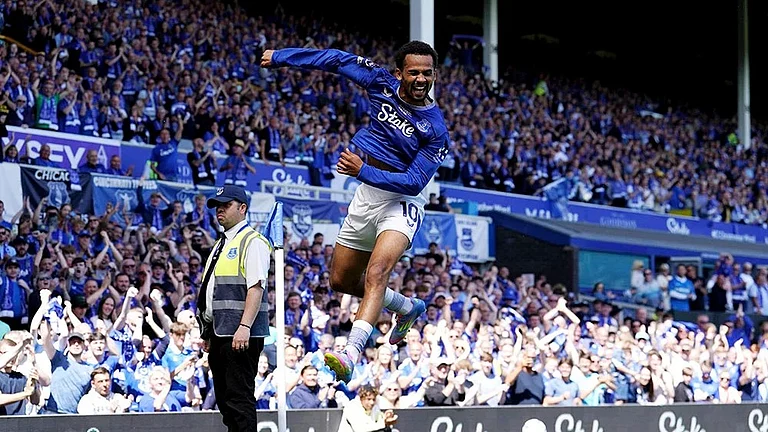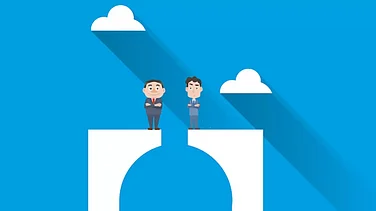Over the last few weeks, we have been reading about the economy slowing down with companies cutting production and piling up inventory and jobs being lost. Former RBI Governor Bimal Jalan called it a cyclical slowdown and said that it may take 1-2 years to get back to normal.
A few days ago, industry leaders called for Rs one lakh crore stimulus to revive the investment cycle. A few industrialists want an immediate GST cut to revive the auto sector demand while others want it to be implemented later, when BS VI fuel norms kick in.
Several economic indicators point towards a long-term slowdown, which is a result of the policies of the past decades. Finance Minister met the industry during the drafting of the BJP manifesto earlier this year, then again during the vote on account, then before the budget, and now again recently. Despite the unprecedented four meetings in the past six months, the result is the same – the slowdown is aggravating.
Also, we must realise that the sectoral stimulus is not going to solve the issue of the slowdown. It can be at best temporary, though I doubt, that easy money will help much. Our economic problem is akin to stiffness in the joints and economists and industrialists are suggesting giving it a pair of good sneakers to make it run. Well, we need to address the real issue.
Last year, I looked at various data sets. I realised that India was passing through a tough time due to poor policies of the past and so, the issues were basically structural. Now, cyclical issues have added to the problem. With our integration with the global trade, the global trade wars and protectionist policies as well as the impact of climate change have had their influence on the Indian economy. The enforcement agencies going overboard in India too has a dampening effect.
In my book, ‘Your Vote is not Enough’, I looked at all the options to revive the economy with a long-term perspective and the truth is that we don’t have many options on our table. Those who are asking for one lakh crore stimulus are just concerned about one or two sectors, but the money will go waste, if the issue is not addressed holistically and the root cause of the problem not addressed.
For sure it is Prime Minister Narendra Modi’s problem, but not his fault. The person who received the Bharat Ratna recently knows well that wrong and lopsided policies for decades created wealth, but only in a few hands, leading to growth sans jobs. The growth during the past regimes was ‘cyclical’, and so, the current economic slow-down is ‘structural’.
According to my multiple factor analysis, about 15 crores of the total 130+ crore population are middle class with discretionary spending capacity, and these numbers cannot boost demand that the country needs, no matter if we cut the repo rate or give a one lakh crore stimulus.
Also, if we don’t address the structural and cyclical issues soon in a comprehensive manner, ‘reality’ (of a slowdown) and ‘perception’ (things not going to improve), will lead to a ‘negative sentiment’ (people will post-pone investment/ spending decisions). This may happen by Diwali and the numbers will come down further. This does not bode well for the India story as investors will then move in the reverse gear. Right now they have only halted.
So, what do we need to do? According to my analysis, with the critical opportunity being missed in the 2019 budget, we would need Rs 4 lakh crore investments annually till 2022 to re-start the economy and propel it to a high double-digit growth. In fact, massive investment in just the infra-sector would not yield the desired outcome
Most important is, how and where this investment goes. It certainly cannot be in the form of tax cuts. I have delved in my book on how money goes into district-level investments across sectors and if done in a planned manner, this can take our growth to above 12 per cent in the medium term (3-5 years) and also address the issue of creating 1.2 crore jobs a year.
In fact, this slowdown is a fantastic opportunity to re-look at the theoretical economic policies and create a new model of structural (not just cyclical) growth. India has the potential to grow between 12-16 per cent per year reviving critical sectors for a structural growth.
Also, by next year, we will have at least two manufacturing giants relocating their production base to India from China. India will get the much-needed boost in FDI investment. But the lethargic bureaucracy still remains a speed-breaker to leverage the massive opportunity emerging out of the trade war between the United States and China.
With Modi as Prime Minister, India has an able leader at the helm, who is both the face and force for India. I am quite optimistic that the slowdown will serve as an opportunity to not only jump start the economy, but also propel it to the next level of double-digit growth and turn India into a developed economy in the next two decades. The truth is, that It’s a 1991 moment for India, and, it cannot be business as usual. Can we change the reality, perception and the resultant sentiment? What we do in the next 60 days will tell.
(Prof. Rajendra Pratap Gupta is a leading public policy expert and author of the book ‘Your Vote is not Enough’ which focuses on economic revival and job creation. Views expressed are personal.)





















